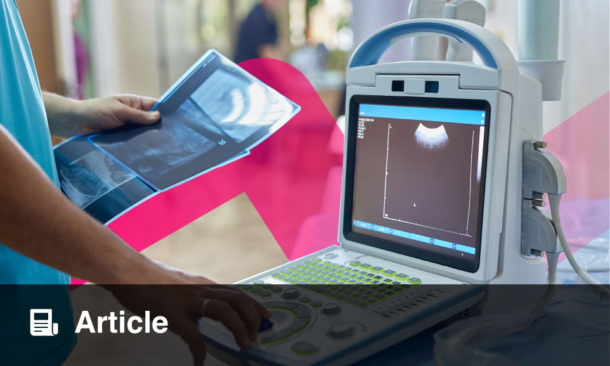A NEW South Korean cohort study has revealed a potential link between live zoster vaccination and a reduced risk of cardiovascular disease, shedding light on the broader benefits of vaccination in older adults.
Researchers analysed data from over 2.2 million individuals aged 50 years and older between 2012 and 2021, integrating records from the Korea Health Insurance Review and Assessment Service, national health exams, and vaccination registries. Using propensity score-based overlap weighting and Cox proportional hazard models, they compared cardiovascular outcomes between vaccinated and unvaccinated cohorts, tracking events coded under ICD-10 classifications. The analysis also calculated restricted mean survival time (RMST) and stratified results by demographics and lifestyle factors.
Among the final overlap-weighted cohort of 1,271,922 individuals, live zoster vaccination was associated with a significantly lower risk of overall cardiovascular events, with a hazard ratio (HR) of 0.77 (95% CI, 0.76–0.78). The vaccine conferred notable reductions in major adverse cardiovascular events (HR 0.74), heart failure (0.74), cerebrovascular disorders (0.76), ischaemic heart disease (0.78), thrombotic disorders (0.78), and dysrhythmia (0.79). The RMST difference for overall cardiovascular events was 95.14 days per decade (95% CI, 94.99–95.30), with the most substantial benefit occurring 2–3 years after vaccination. The protective effect persisted for up to 8 years and was especially pronounced among males, individuals under 60 years, those with unhealthy lifestyle habits, lower-income groups, and rural residents.
These findings support the broader use of live zoster vaccination not only for shingles prevention but also as a strategic measure to reduce cardiovascular risk. Incorporating this vaccine into public health programmes may help narrow health disparities and lower cardiovascular disease-related mortality.
Reference
Lee S et al. Live zoster vaccination and cardiovascular outcomes: a nationwide, South Korean study. Eur Heart J. 2025; DOI:10.1093/eurheartj/ehaf230.








